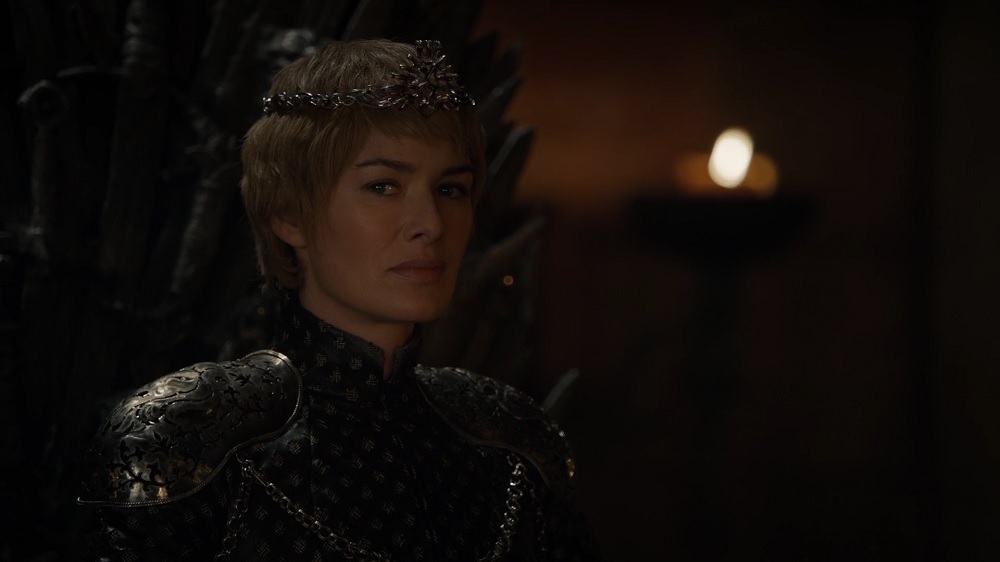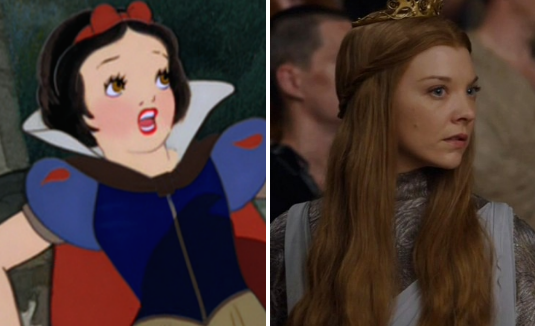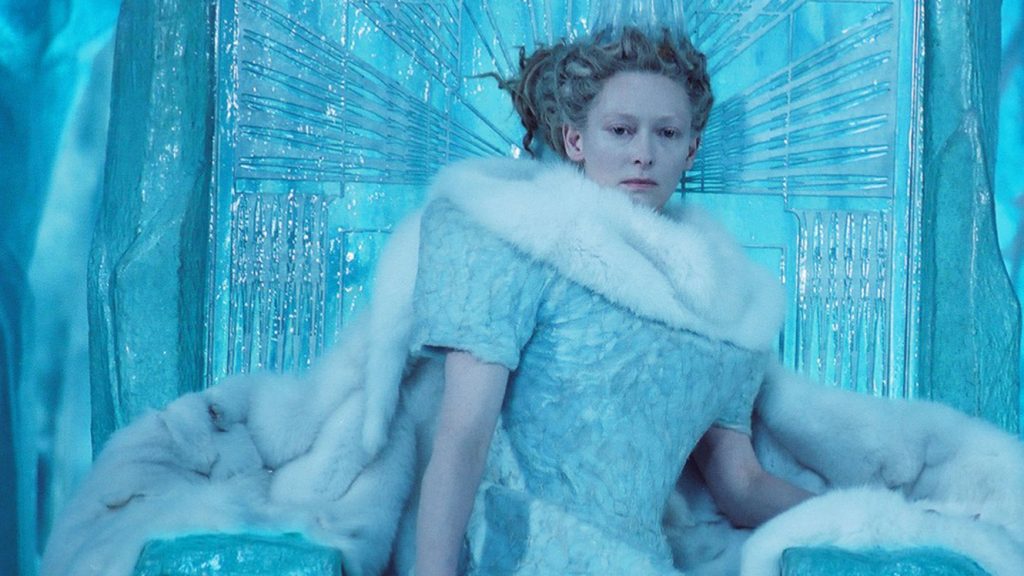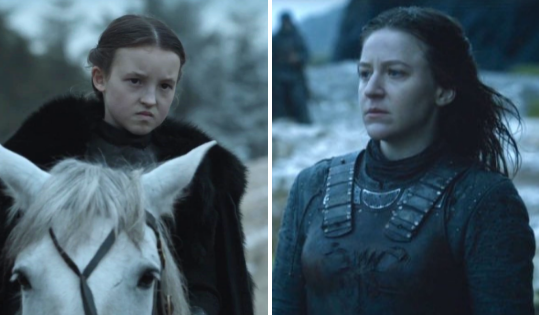 With the destruction of the Sept of Baelor, the murder of hundreds and an ominous coronation scene at the end of season 6, Game of Thrones will be starting season 7 with an official Evil Queen™ on its hands in the form of Cersei Lannister.
With the destruction of the Sept of Baelor, the murder of hundreds and an ominous coronation scene at the end of season 6, Game of Thrones will be starting season 7 with an official Evil Queen™ on its hands in the form of Cersei Lannister.
Though Cersei is far from a cardboard cut out villain she’s come to bear a striking resemblance to one of the best known evil queens of all time, Snow White’s stepmother. Just as the magic mirror inspired the unnamed stepmother to kill Snow White, so Maggy the Frog set Cersei on the hunt for the younger and more beautiful queen who would be her undoing.
What’s more, Cersei isn’t the only female character who might take on the Evil Queen™ mantle before the series ends. In “Battle of the Bastards” Tyrion had to talk Daenerys down from demolishing the Masters’ cities and there are some fairly well substantiated Mad Queen theories predicting that she’ll eventually over-embrace the Targaryen words of “Fire and Blood” and emerge as the surprise villain of the series.
I’ll be honest. A lot of this rubs me the wrong way.
The very inclusion of an evil queen in a series like Game of Thrones dredges up a long history of villainized powerful women in fantasy and folklore and it’s no coincidence that many of these queens, such as Jadis of Narnia or certain iterations of Morgan le Fay, were pitted against male heroes. The notion that the two most powerful women in the series may fall subject to such a tired trope can’t help but grate on me … particularly in light of R+L=J’s recent confirmation and its implications for Jon Snow.
However … Game of Thrones has always dealt in shades of grey and it would be a disservice to the show’s complex morality and cast of thousands to view Cersei and Daenerys as representatives of all women in authority. George R.R. Martin has said that he strives to explore “the difficulty of rule” through his work.
Daenerys was, indeed, an imperfect ruler of Meereen and Cersei failed spectacularly as Queen Regent of Westeros … just as Robert Baratheon drove the Realm to bankruptcy, Aerys II descended into insanity, Theon Greyjoy botched his reign as Prince of Winterfell, Robb Stark was butchered at his uncle’s wedding for his bad decision -making and Jon Snow’s own men stabbed him to death.
In other words, leadership is tough in Game of Thrones. For. Everyone.
Moreover, Queen Nymeria, Lyanna Mormont and Asha/Yara Greyjoy are among Westeros’ few examples of competent leaders.
Men and women alike run the gauntlet of leadership styles in this series. Most fail. Some succeed. All struggle. Gender is not what determines who has and who does not have what it takes to win the game of thrones.
So, in conclusion … I remain conflicted. On the one hand, the sexist legacy of the evil queen archetype is too deeply ingrained in fantasy to merely shrug off. On the other hand, a thorough exploration of human frailty and “the difficulty of rule” should feature dangerously incompetent women just as it features dangerously incompetent men.
As with so many discussions about Game of Thrones, a final opinion can’t really be formed until the show and the books conclude. The problem with archetypes like the evil queen and (since I mentioned R+L=J) the long lost king isn’t so much the archetypes themselves but the way they fit into an overarching story that, very often, reinforces the status quo rather than challenges it.
While I remain confident in Game of Thrones‘ capacity to subvert expectations, until the last episode of season 8 is watched and the final page of A Dream of Spring is read there’s only so much we can analyze. What, in the end, will be Game of Thrones‘ take on the Evil Queen™ archetype? We’ll have to wait and see.
The post Game of Thrones and the Evil Queen archetype appeared first on Watchers on the Wall.
Via http://watchersonthewall.com



No comments:
Post a Comment